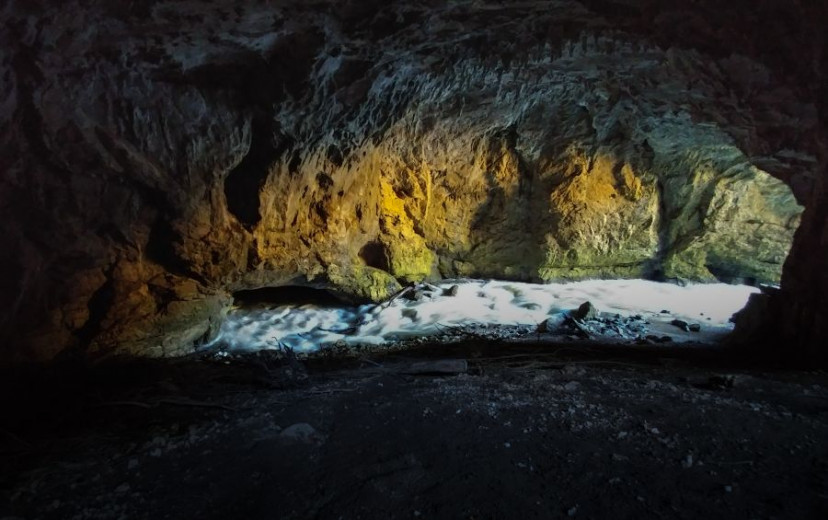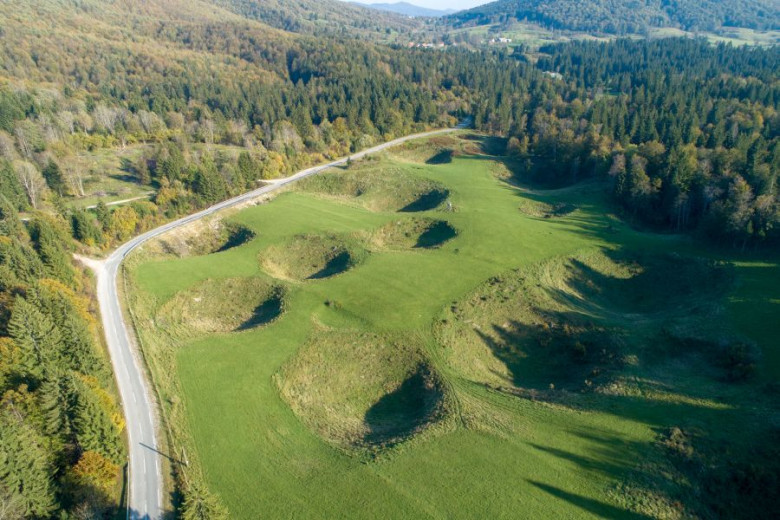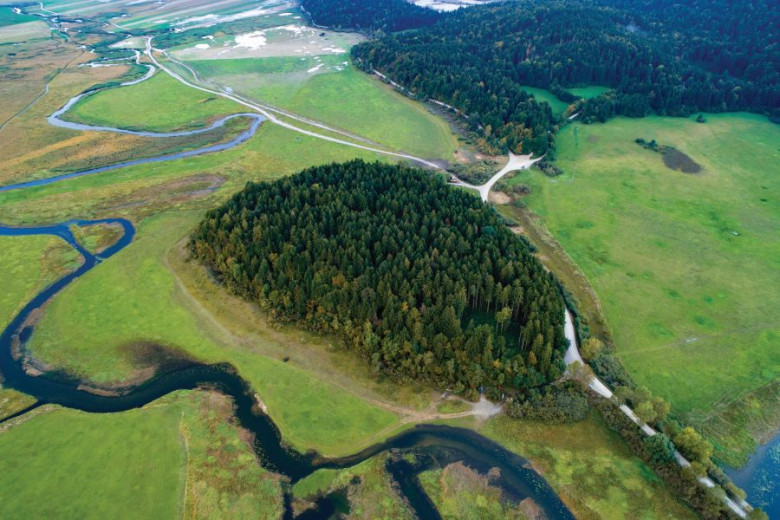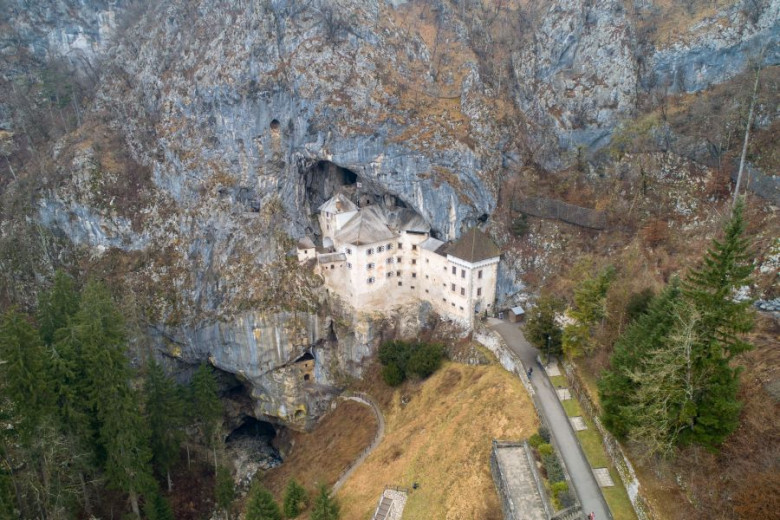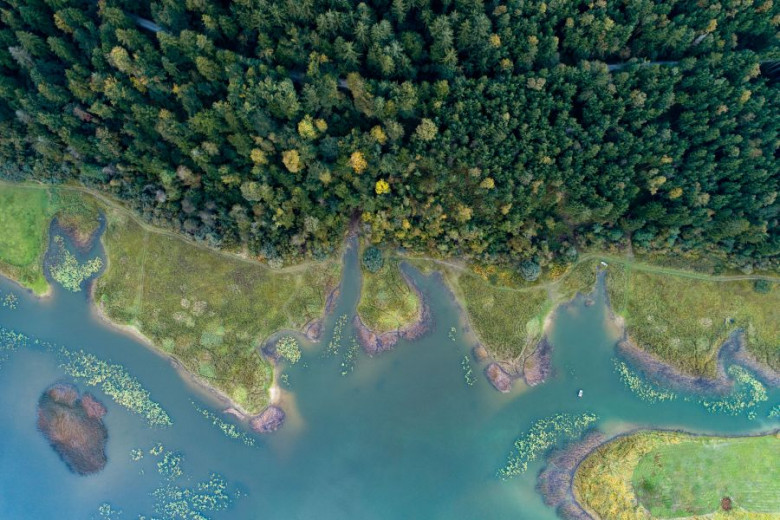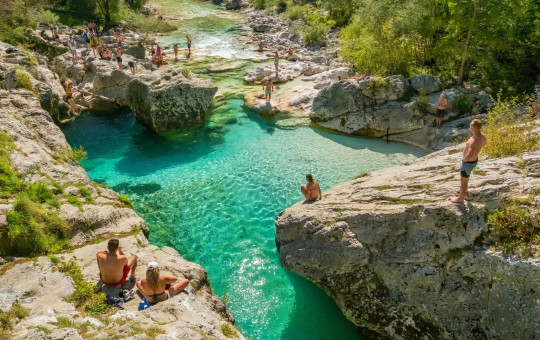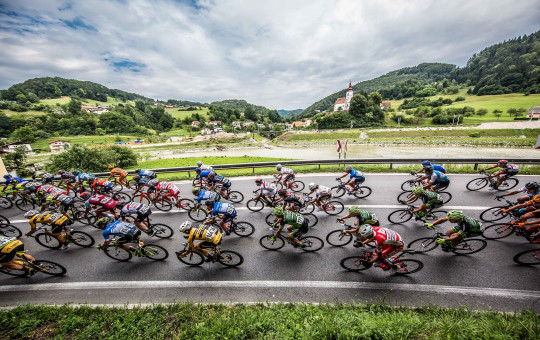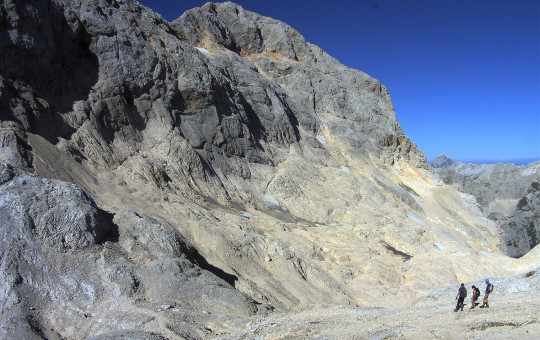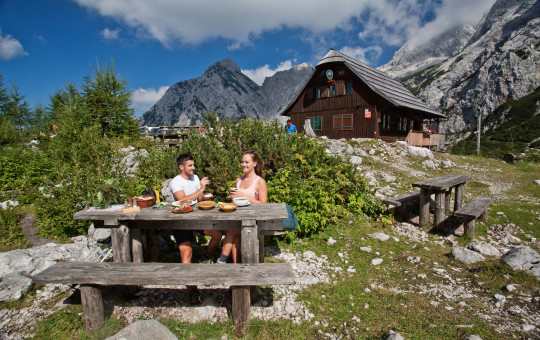The Karst is an exceptional landscape that covers almost half of Slovenia’s territory. This is a world of magic and picturesque natural phenomena. A world that since time immemorial has excited explorers, scientists and researchers. The fact that karstology as a science was born in Slovenia thus comes as no surprise.
A fact perhaps less known is that karstology was named after the Slovenian region of Kras, called Carso by Italians and Karst by Germans.
Karstology occupies a special place among scientific disciplines in the country, as documents show that in the territory of present-day Slovenia karst phenomena have been researched since Antiquity.
This is also the reason why this discipline adopted its name, which in Slovenian has three meanings: it is the name of the region, a generic term which in the local dialect means rock land, and it is also the scientific term. As noted above, the scientific term is related to the name of the karst region, and there are several reasons why the name of this area has been adopted and not that of other European karst regions, for instance of the Dinaric Mountains, where karstic phenomena are also common. Dr Uroš Stepišnik of the Department of Geography at the Faculty of Arts of the University of Ljubljana considers that this is due to the Karst’s geographic as well as geopolitical position in the period between the 16th and the 19th centuries, when karst regions in Europe began to be intensively researched.
Karst phenomena
In Slovenia, Janez Vajkard Valvasor, a Carniola nobleman, is regarded as the first scholar to have studied karst phenomena in a scientific way.
His treatise on the hydrology of the intermittent Lake Cerknica won him an honorary fellowship of the Royal Society. In his most important work, "The Glory of the Duchy of Carniola" (1689), he wrote extensively on the karst, describing sinkholes and water sources, and of his visits to caves, and he explained karst phenomena. He also published descriptions of thirteen karstic caves that were previously unknown.
"The 19th century witnessed the extremely rapid development of karstology. Vienna (Slovenia was then part of the Habsburg Monarchy) was at the time an important scientific hub. Due to its vicinity to extensive karst regions in Europe, mostly the Dinaric Karst, in the 19th century Vienna became the most important centre of karst studies, where the majority of research was carried out and most new ideas were born" adds Dr Stepišnik, himself a researcher of, in particular, the Dinaric Karst.
As karstology is the only discipline that was born in our territory, studies of Slovenian geographers are often, directly or indirectly, linked to the Karst. Geography is also the only discipline concerned with the physical environment that is capable of covering all the aspects involved in the study of karst phenomena. Dr Stepišnik also points out that new research methods now allow for new interpretations of karst development and processes.
We must never forget that the Karst, with all its characteristics, is a typical Slovenian region and an important part of the Slovenian identity.
Interesting facts
Since prehistory caves and caverns have been of great importance for people, who used them as storage and hiding places, shelters, dwelling places and sanctuaries, as indicated by extensive archeological evidence. Equally important to people have been the springs appearing in the otherwise normally dry karst environment.
Date: 11. March 2020
Time to read: 2 min

